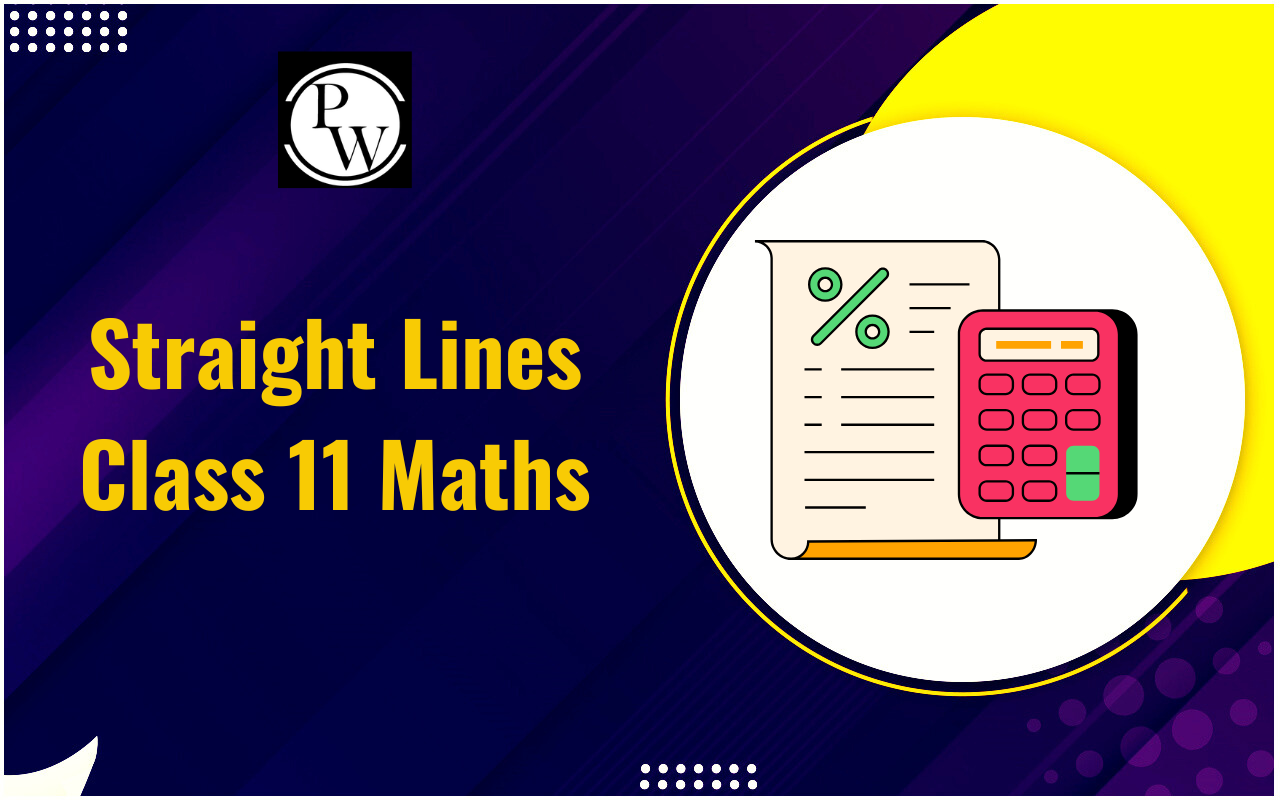
In economics, the Law of Demand is a foundational concept that plays a significant role in understanding market dynamics. It explains the relationship between the price of a product and the quantity consumers are willing to purchase. When analysing consumer behaviour and pricing strategies, this principle is crucial for businesses, governments, and economists. In this blog, we will explore the Law of Demand, demand schedule, exceptions to the law of demand, factors affecting demand, and many more.
What is the Law of Demand?
The Law of Demand states that, all other factors being constant, the quantity demanded of a product decreases as its price increases, and vice versa, the quantity demanded increases as the price decreases. This inverse relationship between price and quantity demanded shows the natural behavior of consumers to seek better deals and maximize their utility. In simpler terms: When prices rise, people tend to buy less. When prices fall, people tend to buy more. For example, if the price of apples decreases from ₹100 per kg to ₹70 per kg, consumers are likely to buy more apples because they perceive it as a better deal. This law is based on two concepts: the substitution effect and the income effect. The substitution effect occurs when consumers switch to cheaper alternatives as prices rise, while the income effect refers to consumers' increased purchasing power when prices fall.Demand Schedule
Demand Schedule: A demand schedule is a tabular representation of the quantity demanded of a good at different price levels. It shows how quantity demanded changes as the price changes, helping economists visualize consumer behavior.| Demand Schedule |
|
Price (₹) |
Quantity Demanded (Units) |
|
100 |
20 |
|
90 |
30 |
|
80 |
40 |
|
70 |
50 |
| 60 |
60 |
Also Check: What is Export Trade?
Exceptions to the Law of Demand
While the Law of Demand holds in most cases, there are some exceptions where the relationship between price and demand does not follow the typical inverse pattern: Giffen Goods: These are inferior goods for which demand increases as the price increases. This occurs because people have no choice but to buy more of these goods despite price hikes, as they cannot afford superior alternatives. Veblen Goods: Luxury goods like designer brands or high-end cars are bought as status symbols. In this case, higher prices may increase demand because consumers perceive them as symbols of wealth. Necessities: Products like medicine or basic food items are essential regardless of their price. Even if the price increases, consumers will still purchase them, resulting in a relatively inelastic demand. Price Expectations: If consumers expect the price of a product to rise in the future, they may increase their current demand, even if the price is already high.Factors Affecting Demand
Several factors influence demand in a market, and these can shift the demand curve either to the left (decrease in demand) or to the right (increase in demand). Key factors include: Price of Related Goods: Substitute Goods : An increase in the price of a substitute (e.g., tea for coffee) can increase the demand for the other product. Complementary Goods : A decrease in the price of a complementary good (e.g., bread and butter) can increase demand for the associated product. Consumer Income: As consumers' income increases, their purchasing power improves, leading to increased demand for normal goods. Conversely, for inferior goods, higher income might decrease demand as consumers shift to superior alternatives. Tastes and Preferences: Changing consumer preferences can significantly impact demand. Trends, advertisements, and social influences can sway consumer choices. Expectations of Future Prices: If consumers anticipate price increases in the future, they may increase their current demand to avoid higher costs later. Population and Demographics: An increase in population or changes in demographic factors like age and gender can affect demand patterns in the market.Importance of the Law of Demand
Understanding the Law of Demand is vital for several reasons: Business Decision Making: Businesses use this concept to set optimal pricing strategies. Knowing that higher prices may reduce demand helps them avoid losing customers. Government Policies: Governments consider the Law of Demand when imposing taxes or subsidies. For example, high taxes on harmful goods like tobacco (due to inelastic demand) can reduce consumption. Market Predictions: Economists can forecast market behavior and consumer reactions to price changes, helping predict inflation, deflation, or market corrections.Difference Between Demand and Quantity Demanded
Demand: Demand refers to the entire relationship between prices and the quantity of a product that consumers are willing and able to buy. It encompasses all potential prices and their corresponding quantities demanded and is represented by the demand curve. Quantity Demanded: Quantity demanded is the specific amount of a product that consumers are willing to buy at a particular price point. For example, if the price is ₹80, the quantity demanded might be 40 units. In short, demand is the overall relationship, while quantity demanded refers to a specific point on that relationship. The Law of Demand is a cornerstone of economic theory, shaping how we understand consumer behavior in relation to price changes. By analyzing demand schedules and curves, identifying exceptions, and understanding factors that affect demand, businesses and policymakers can make informed decisions. Furthermore, distinguishing between demand and quantity demanded helps in interpreting market dynamics more accurately, ensuring effective pricing and production strategies. Unlock your potential with PW Commerce Courses! Gain essential skills and knowledge to excel in your career. Enroll today and take the first step toward your future success!Law of Demand FAQs
What is the Law of Demand?
What are Giffen and Veblen goods, and how do they relate to the Law of Demand?
What is the difference between demand and quantity demanded?
What factors affect demand in the market?
How does the demand curve illustrate the Law of Demand?










